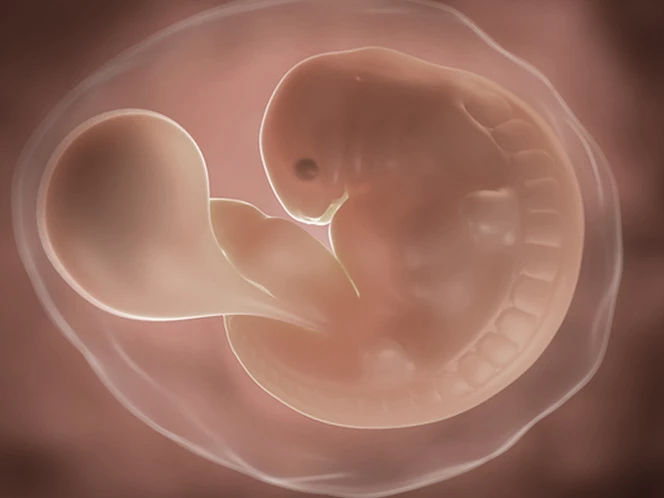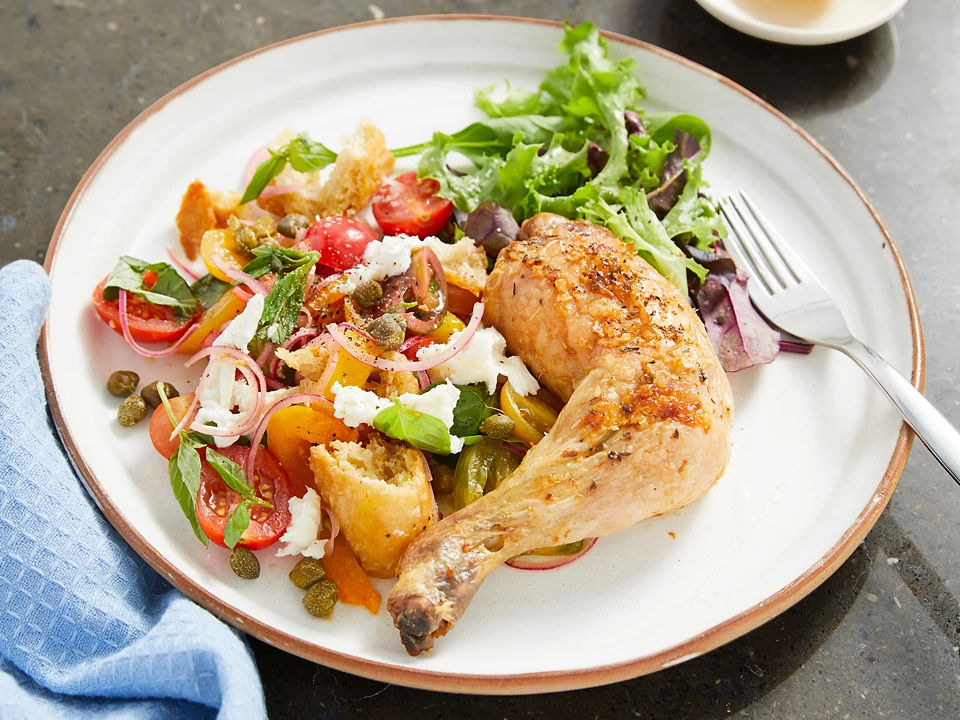Although only measuring around 2–4mm from the crown of their head to their bottom2, your baby has grown significantly in size since last week. In this 6th week of pregnancy they have a tadpole-like appearance, but with the tiny buds of their arms and legs developing, this won’t last long3. Once the limbs grow longer, your baby is still measured from head to bottom because the legs are often bent and difficult to gauge.
Your baby’s heart, which is no bigger than a poppy seed3, is now beating at around 110 beats per minute, while the beginnings of their digestive tract are starting to form4.








